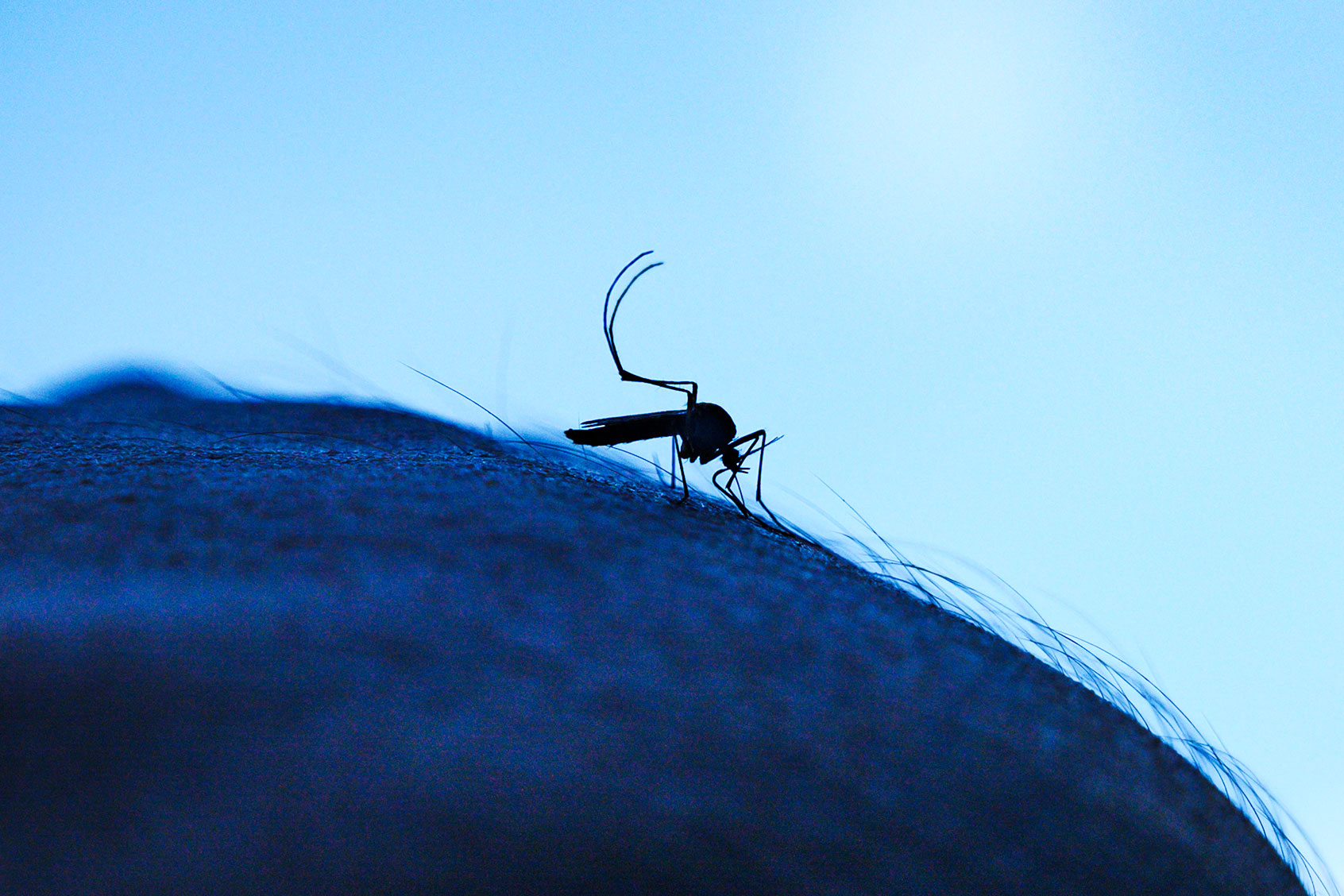Zika, a mosquito-borne virus first identified in 1947 in a Rhesus macaque monkey, continues to perplex scientists in many ways nearly 80 years later. While many people with a Zika virus infection won’t have symptoms, it is very dangerous to pregnant women. That’s because an infection during pregnancy can cause microcephaly, which is when a baby's head is much smaller than expected, and other congenital malformations like limb contractures, high muscle tone, eye abnormalities, and hearing loss. There is no treatment or vaccine.
While Zika has been reported in more than 90 countries, surprisingly little is known about what exactly drives Zika transmission success. A new study published in Communications Biology shows that Zika causes metabolic changes in human skin that transform it from a barrier to a magnet for mosquitoes, furthering the scientific community’s understanding of the virus.
“Our findings show that Zika virus isn’t just passively transmitted, but it actively manipulates human biology to ensure its survival,” Dr. Noushin Emami, co-lead author of the paper, said in a media statement.
Dermal fibroblasts are responsible for maintaining your skin’s physiology and wound repairment. But when a Zika infection occurs, the new research found that instead of acting as a protective barrier it turns into a “magnet for mosquitoes,” effectively encouraging mosquitoes to bite. It does this by altering the gene and protein expression of the dermal fibroblasts. Researchers relied on a technique called meta-proteome analysis, which studies the interaction of genes and proteins within an organism, to reach their conclusion.
"The possibilities are as intriguing as they are urgent."
Nearly a decade ago, researchers became increasingly concerned with studying Zika after a major outbreak occurred in Brazil. The devastating epidemic results in an estimated estimated 1.5 million infected, and over 3,500 infants with microcephaly by January 2016. While there haven’t been any comparable epidemics since, Zika still remains a concern across the world.
Most recently Zika infections have been on the rise in India, mostly in Maharashtra. While related cases of microcephaly or Guillain-Barre syndrome have yet to be reported, infections were the highest they’ve been since 2021. The number of cases in pregnant women was unknown. The World Health Organization said while the presence of Zika wasn’t unusual, the increase in cases compared to previous years is atypical. Researchers are concerned that cases of Zika will increase as a result of climate change. One study found that warming temperatures increase the risk of transmission 10 to 20 percent in Brazil over the next 30 years, another found that climate change could bring Zika to Europe. As the world heats, the regions where mosquitoes can comfortably proliferate increases, underscoring the need to develop treatments against Zika.
“As Zika cases rise and Aedes mosquitoes expand their range, understanding the mechanisms by which they gain a transmission advantage could unlock new strategies for combating arboviruses,” Emami said. “This could include developing genetic interventions that disrupt the signal transmitted through the skin which seems to be so attractive to mosquitoes. The possibilities are as intriguing as they are urgent."
Want more health and science stories in your inbox? Subscribe to Salon's weekly newsletter Lab Notes.
The study adds to growing research improving the biological underpinnings of Zika, which could eventually lead to a vaccine or treatment. A study published January in the journal mBio found that the Zika virus hijacks a host protein called ANKLE2, which is a key protein in brain development. Priya Shah, associate professor in the departments of Microbiology and Molecular Genetics and of Chemical Engineering at the University of California, Davis and senior author on the paper, told Salon in a phone interview the research was a culmination of research that started nearly a decade.
“We showed that ANKLE2 is really important for accelerating Zika virus replication in human cells, in a broad range of human cells, so liver neurons and even placental cells, which are all tissues that Zika virus can infect,” Shah said. “We also showed that ANKLE2 is important for replication in the mosquito cells, and we showed that ankle two is important for replication of other related viruses.”
We need your help to stay independent
This could be the basis for a future vaccine or treatment.
“We know that ANKLE2 is important for virus replication and that if we remove ANKLE2 from cells artificially using genome editing, we can reduce virus replication,” Shah said. “What would be really great is if we could show that breaking this protein interaction that we originally started with is also important for virus replication.”
If scientists could find a way to create specific mutations to break the protein interaction, it could be a lead on a future vaccine — but it is a difficult problem to solve, Shah said.
“I think it's probably going to be a while,” Shah said.

